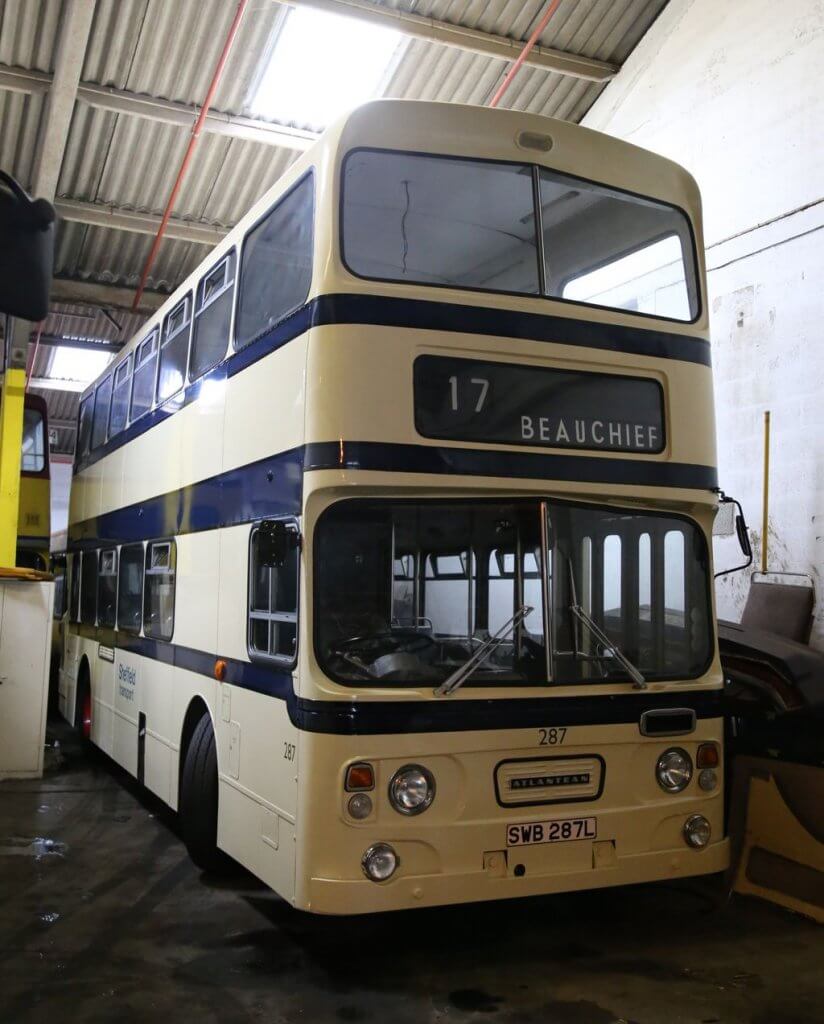
The South Yorkshire Transport Trust plays a large part in preserving the region’s transport history. Following on from his recent visit to the nearby South Yorkshire Transport Museum (CBW1401), Jim McWilliam called in on its near neighbour to find out more
Based in an unassuming warehouse which was formerly part of the KP Nuts factory (I resisted the urge to entitle this piece ‘Bus Nuts!’), the South Yorkshire Transport Trust (SYTT) quietly goes about its work mostly hidden from the public eye, apart from occasional open days. Founded in 2007, it has its origins in a group of members of the former Sheffield Bus Museum.
I had arranged to meet one of the trust’s Directors, Gareth Atherton, who took up the story. “I was a member of the Sheffield Bus Museum from 1995, and around that time there were lots of former SYPTE vehicles going off service,” he said. “There was nowhere to put them. In the early days we had buses stored at the premises of Barnsley & District so we set up in a small shed behind the bus museum to bring them all together. We then had a short lease on premises in Kimberworth, but suffered from a lot of vandalism and theft so we moved the collection to part of the then vacant Tinsley Tram Sheds. We stayed at Tinsley until 2016. Then as KP had moved their factory to Hellaby we were able to take a 20 year lease on this building.”
[…]
By subscribing you will benefit from:
- Operator & Supplier Profiles
- Face-to-Face Interviews
- Lastest News
- Test Drives and Reviews
- Legal Updates
- Route Focus
- Industry Insider Opinions
- Passenger Perspective
- Vehicle Launches
- and much more!


